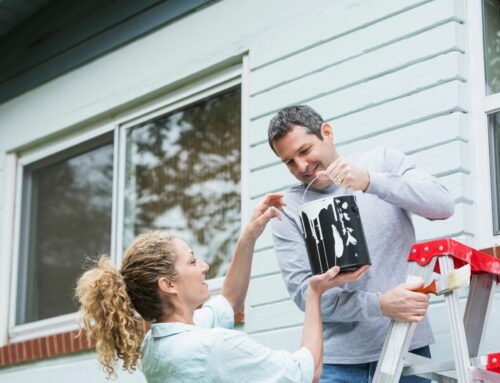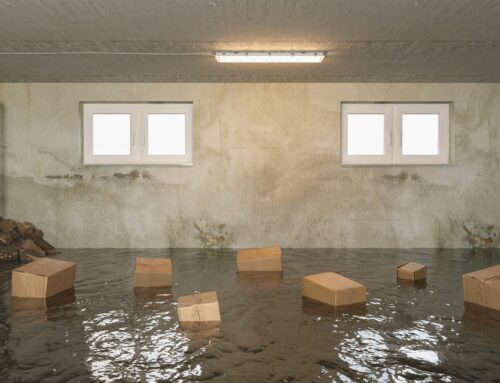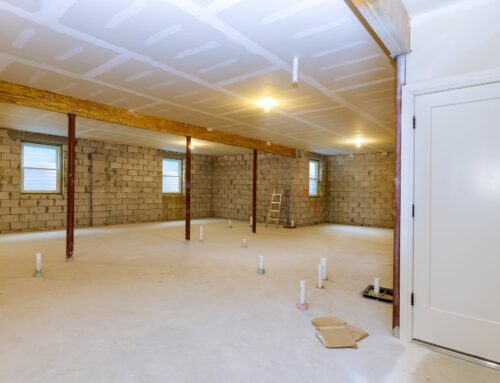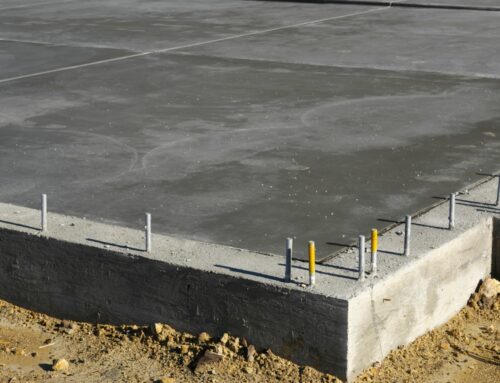The exterior of your home is the first thing people see when they pay a visit. While it may be common knowledge that the stucco siding that covers your home adds curb appeal to a house, many may not be aware of its role in protecting the inner part of the home from the outside elements. If a stucco leak is present, it won’t be long before you notice the signs of this problem.
5 Telltale Signs to Look Out For When You Have a Stucco Leak
You may not be able to tell if your home has a stucco problem at first glance, because most of the time, the issues will usually lie on the interior stucco. Improper installation may result in the home being susceptible to water intrusion. The key to being able to avoid costly repairs in the future, it is important to be able to spot the telltale signs that point to stucco leaks.
1 – Cracks in the Stucco
This is one of the most obvious signs that you will be visible from the outside of your home. You may be able to see cracks on the exterior stucco, which may be indicative of damage to the inside. Whether you notice small hairline fractures or big cracks, it is best that you have a plastering and stucco expert examine your stucco for damage.
2 – Stucco That Looks Damp
Since stucco is on the exterior of a home, it is normal for it to look damp right after an afternoon of rain. Signs of discoloration or a place that seems perpetually damp, however, may indicate some moisture on the interior of the wall that will cause serious damage in the long run if it is left ignored.
3 – The Inside of the Drywall Feels Soft
If you touch your drywall and have the impression that it is soft, this may be indicative of moisture that has seeped into the wall and is unable to escape. This weakens the structure and causes long-term damage.
4 – Moisture on the Basement Walls
Moisture on the walls of your basement may also be a sign of stucco leaks. The moisture may have gotten in through the stucco exterior and into the underlying wall. This moisture may travel downward until it reaches your basement.
5 – Gapping or Cracking in Window Caulk
Stucco leaks may also show damage on your windows. If you notice the stucco near your windows breaking up and if there is damage to your window caulk, contacting a stucco repair expert to investigate further may be a good idea.
Conclusion
The key to keeping your repair costs low and preventing further damage to your home in the long run is to catch the issue early. Taking fast action when it comes to stucco leak problems will help you avoid more serious problems such as mold infestations and rotting wood. Ignoring these signs of potential problems with your stucco may cost you more in the long run rather than if you had chosen to take action right away.
Whether you need to have your stucco inspected for leaks or if you need to have stucco installed in a new home, contact One Stop Plastering. We specialize in the repair and installation of the interior plaster and stucco of your home and all your other plastering needs. Call 415-464-9400 and book an appointment today!






